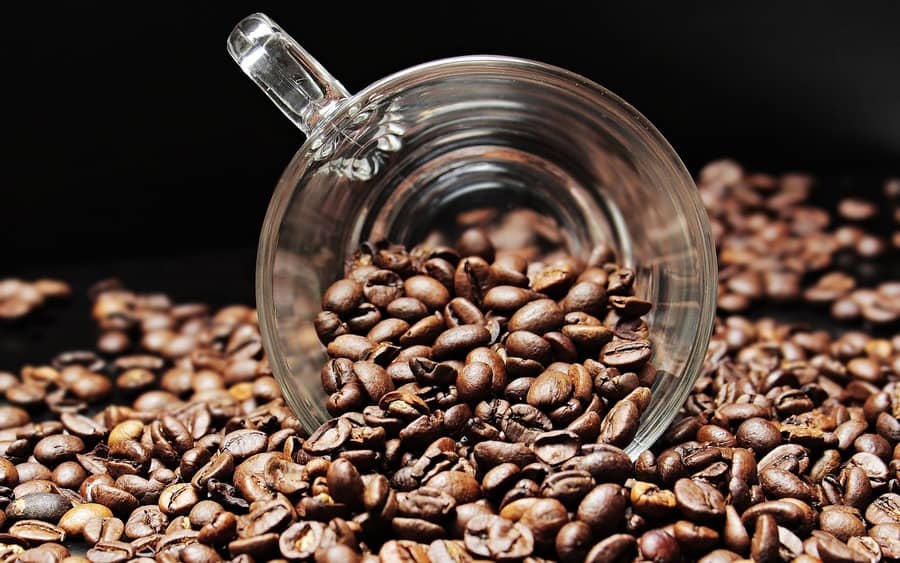Coffee remains under strong pressure on ICE US. The soaring dollar and financial uncertainties continue to give a negative tone to coffee prices in New York. From the beginning of last September until now, Dec/23 has accumulated losses close to 6%, while the DXY indicator, which measures the dollar against a basket of strong currencies (especially the euro), rose just over 3%, and the dollar against the real (Brazilian currency) went up by 4%. This inverse correlation between the US currency and commodities explains the decline in coffee prices. And it shows that coffee remains very vulnerable to financial volatility, notably downward.
Besides financial vulnerability, coffee is also pressured by weak fundamentals. The arrival of a full Brazil’s 2023 crop brought tranquility to the global supply, increasing the availability of arabica. The good flow of shipments from Brazil at the beginning of the 23/24 business cycle reinforces this impression. The change in the supply scenario made demand adopt a more defensive posture, lengthening stocks and buying on a hand-to-mouth basis. This behavior takes away weight from consumption, which limits bullish moves in the market.
The downward revision in economic projections for 2024, based on the Fed’s tougher stance, ends up reinforcing this attitude. After all, interest rates should remain high and money expensive for longer than initially expected. And this justifies a more cautious attitude on the part of buyers, who risk more in logistics to protect themselves from uncertain financial issues. All this bad mood in global markets actually slows down the purchasing dynamics of the global coffee industry.
ICO’s data even indicated an increase in coffee exports of just over 2% last August, with global shipments totaling 10.3 mln bags. In the same month of 2022, shipments totaled 10.08 mln bags. The improved flow is linked to the arrival of the new crop in Brazil. However, even with this increase, the accumulated volume shipped between Oct/22 and Aug/23 totals 114.01 mln bags, which corresponds to a decline of just over 5% compared to the first 11 months of the 21/22 business season.
Coffee shipments from Brazil in these first three months of the 23/24 business season, which began in July, must bring tranquility to external supplies. But this initial flow of the season is guaranteed by sales made before the crop arrival (negotiation in advance or future sales). Negotiations in the FOB Brazil market are slower at this moment, with buyers working with shorter volumes and without aggressiveness. Sellers have been a little more often on the market, suggesting that they have assimilated the downward change in international coffee prices.
Without a doubt, last week’s rains contributed to this change in behavior. The increase in moisture ended up relieving the tension generated by the heat belt in the early spring. Thus, the market resumed the expectation that Brazil’s 2024 crop will be greater than the one reaped this year in Brazil. This scenario prolongs the situation of comfortable supply and contributes to a shorter demand posture, playing against prices.

